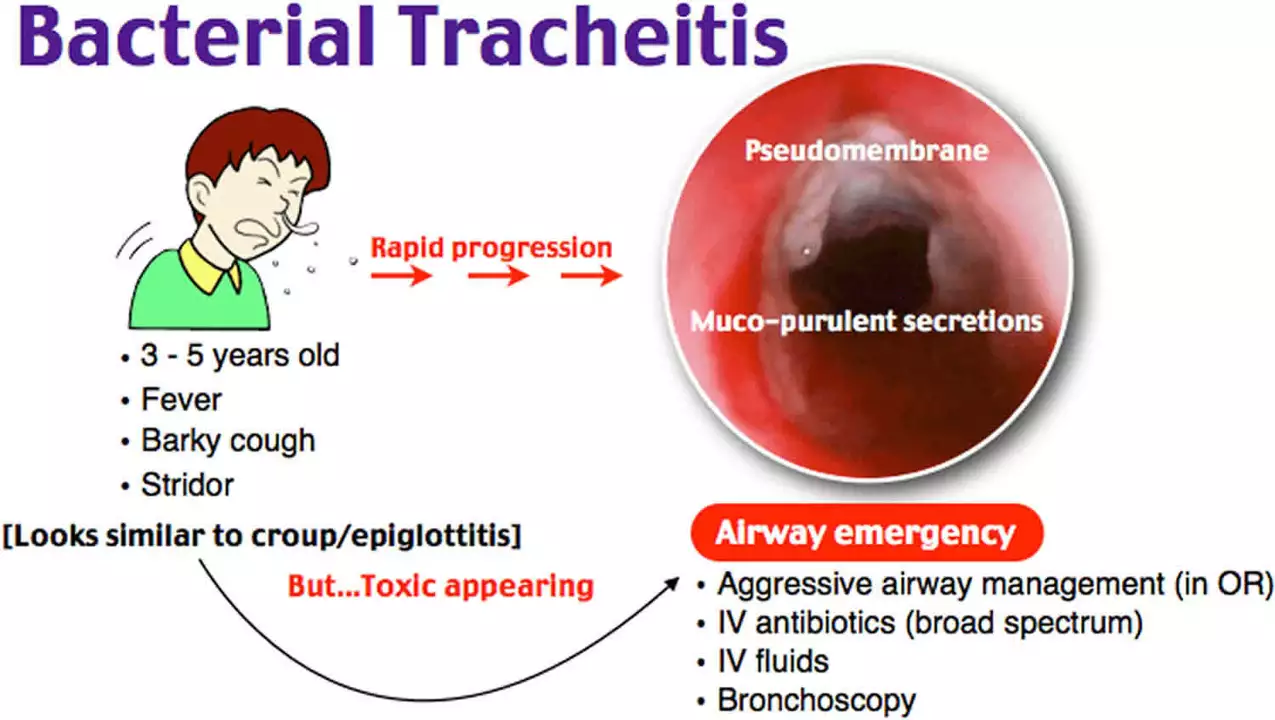Respiratory Infection: What You Need to Know
Respiratory infections are among the most common health issues people face, especially during cold seasons. They happen when viruses, bacteria, or other germs invade your respiratory tract – that’s your nose, throat, airways, and lungs. Symptoms usually include coughing, sore throat, runny nose, shortness of breath, and sometimes fever. Knowing how these infections work and what signs to watch for can make it easier to get better faster.
Most respiratory infections fall into two categories: upper respiratory infections and lower respiratory infections. Upper ones like the common cold or sinusitis affect the nose and throat, while lower ones include bronchitis and pneumonia, which involve the lungs. Because symptoms overlap, it’s important to keep an eye on how you feel. For example, trouble breathing or chest pain means you need medical attention instantly.
How to Handle a Respiratory Infection
When you catch a respiratory infection, resting and staying hydrated are your best friends. Over-the-counter meds can help reduce fever and ease pain. If it’s bacterial, your doctor might prescribe antibiotics, but most respiratory infections are viral and heal on their own. Avoid pushing yourself and stay away from smoking or irritants that can worsen symptoms.
Also, be smart about protecting others. Cover your coughs, wash your hands regularly, and keep your distance if you’re sick. These simple actions slow down the spread of germs. For anyone with chronic conditions like asthma, respiratory infections can trigger flare-ups, so they should consult healthcare providers early on.
When to See a Doctor for Respiratory Issues
It’s normal to wonder when an infection needs medical care. You should see a doctor if symptoms last more than 10 days without improvement, if you have a high fever that won’t break, or if breathing becomes difficult. Young kids, older adults, and people with weak immune systems should be extra cautious and get prompt care to prevent complications.
In the end, staying informed and acting quickly can make all the difference. Respiratory infections may be common, but that doesn’t mean you have to tough it out alone. Knowing what to do helps you and those around you stay healthier and safer year-round.
How azithromycin can help treat tracheitis
As a blogger, I recently came across the topic of how azithromycin can help treat tracheitis, and I was amazed by the benefits of this antibiotic. Azithromycin is a versatile and effective treatment for various bacterial infections, including tracheitis, which is an inflammation of the trachea. The antibiotic works by preventing bacteria from producing proteins essential for their growth, ultimately killing them off and alleviating the symptoms of tracheitis. Many patients have found relief with azithromycin, as it is known for its fast-acting nature and low risk of side effects. In summary, azithromycin is a valuable treatment option for those suffering from tracheitis and offers a promising solution for a speedy recovery.

